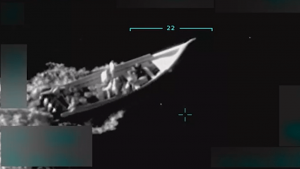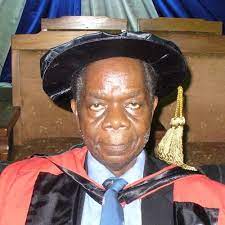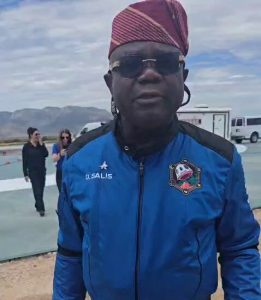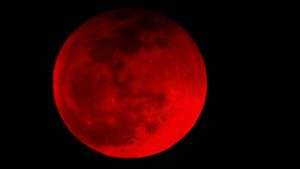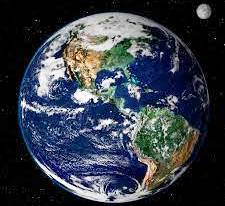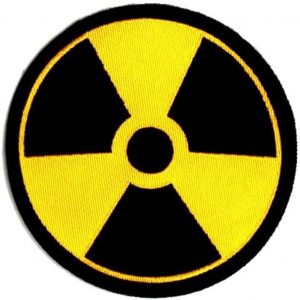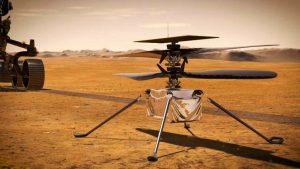China has successfully launched Mengtian laboratory module, the third and final component of its space station, Tiangong, that is under construction.
The laboratory module was launched atop China’s most powerful rocket, the Long March-5B Y3 rocket on 31 October, 2022 from Wenchang Spacecraft Launch Site in Hainan province.
It has a mass of about 20,000 kg, length of 17.9 metres, and a diameter of 4.2 metres.
The main module, Tianhe, was launched on 29 April, 2021 and the first laboratory module, Wentian, launched on 24 July, 2022.
Shenzhou-14 taikonauts of Chen Dong as Commander, Chinese female astronaut, Liu Yang, and Cai Xuzhe, launched to Tianhe on 5 June, 2022 who were the third crewed mission to the space station under construction and supervised the integration of Wentian to Tianhe will oversee the integration of Mengtian to complete Tiangong space station.
WENTIAN LAUNCHED
China has successfully launched its Wentian laboratory module, the second component of its space station, Tiangong, that is under construction.
The 23-tonne Wentian lab module was launched atop China’s most powerful rocket, the Long March-5B Y3 rocket, by 07:22 WAT on 24 July, 2022 from Wenchang Spacecraft Launch Site in Hainan province.
On 20:13 WAT, about 13 hours later, it docked with the main module, Tianhe, which was launched on 29 April, 2021 and is currently, housing the three Shenzhou-14 taikonauts.
The third and final module, Wengtian, will be launched in October, 2022 to complete the Tiangong space station.
TIANHE LAUNCHED
China has successfully, launched the Core module of its planned Space Station, Tiangong.
The module, named Tianhe or “Harmony of the Heavens” is the first component of the planned station.
The launch was made using the Long March-5B Y2 rocket from the Wenchang Spacecraft Launch Site on 29 April, 2021.
The 24-tonne space module is in a Low Earth Orbit of perigee 379 km and apogee of 388 km.
Tianhe module, the main living quarters, in the first of 11 crewed and uncrewed missions needed to complete the Tiangong space station.
Next year, China will launch the two other core modules – Wentian and Mengtian – using the Long March-5B rocket.
China is not a partner country in the International Space Station, ISS.
It took 15 countries 23 years to assembly the ISS from 1998 at a cost of $100 billion.
The US Congress in 2011, further voted to bar China from the ISS over national security concerns.
This may have forced China into building a space station of its own which will compete with the ISS.
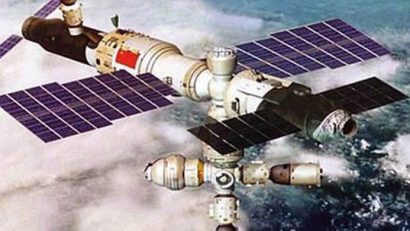
Tiangong, about a fifth of the International Space Station (ISS) by mass, will be ready in late 2022 and China says it will be open to other countries who may wish to use it.


